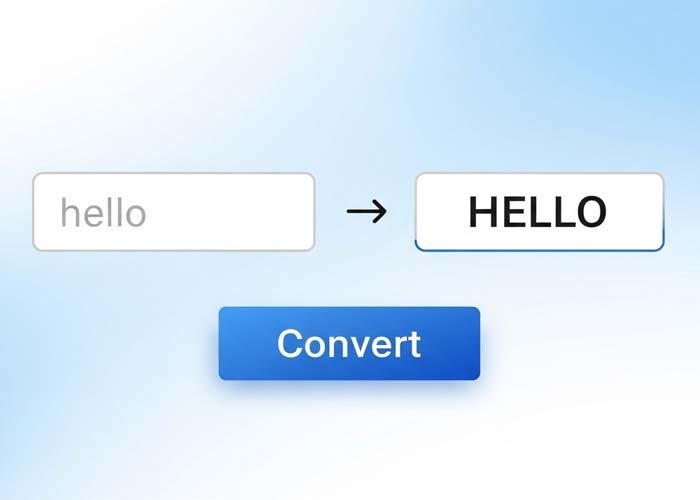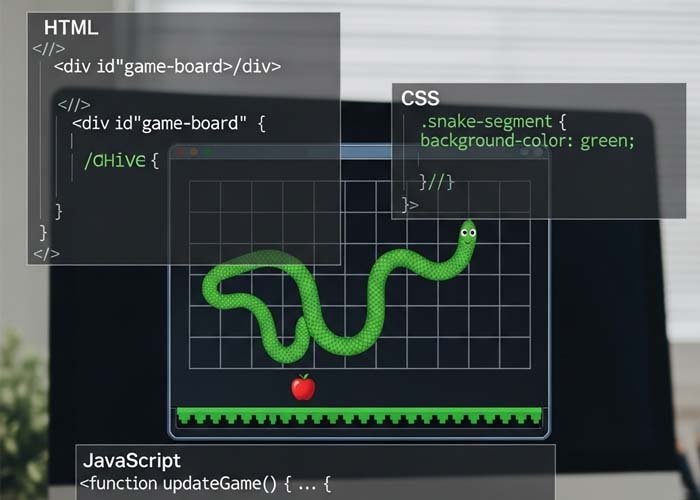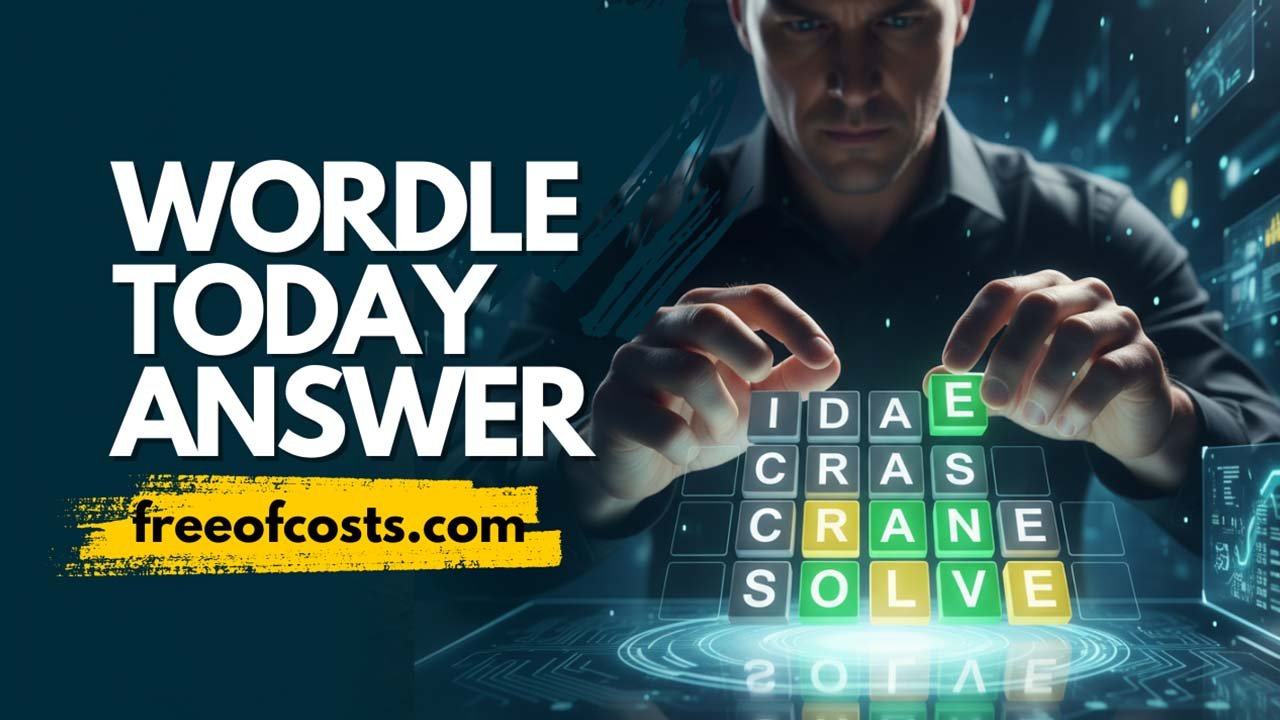Social Media Icon Card with Isometric Hover Animation (HTML CSS Explained)
Animated social media icons are an excellent way to make a website’s interface feel modern and engaging. In this tutorial-style breakdown, we’ll explore how a card with Facebook, Twitter, and Instagram icons is built using only HTML and CSS, with beautiful hover animations that create a floating, isometric effect.
Let’s dive into how this works so you can learn and even create your own custom animated cards.
The Basic Structure
The layout starts with a container — often called a “card” — that holds a list of social media links. Each list item represents one social icon (Facebook, Twitter, Instagram), styled with scalable vector graphics (SVGs). These are wrapped in anchor tags so they can link to actual social media profiles.
Each icon is also accompanied by decorative elements like spans and a text label (e.g., “Facebook”), which appears on hover.
The 3D Isometric Hover Effect
The standout feature of this UI component is the animated hover effect. When a user hovers over an icon, three things happen simultaneously:
The icon moves diagonally upward and to the right.
A glowing background effect appears behind the icon, layered in three increasing levels of transparency.
A text label appears next to the icon, sliding into view with a slight skew.
This layered transformation gives a 3D-like, isometric feel — as if the icon is popping out of the screen.
How the Animation Works
Each list item includes three span elements, which are hidden by default. When the user hovers over the icon, these spans become visible, positioned behind the icon at different levels of opacity. This creates the illusion of depth.
The icon itself uses the CSS transform property to shift diagonally, and the transition property ensures it moves smoothly. Additionally, the label text fades in and slides slightly to the side with a skewed transformation, further enhancing the animated style.
Styling Details and Interaction
The .svg class is used to apply padding, size, color, and box-shadow to the icons, giving them a glowing and clickable appearance. When hovered, they transform and cast a soft visual shadow.
The .text label is absolutely positioned and initially invisible. It only appears when the parent icon is hovered, and slides into place using CSS transitions.
The surrounding .card uses a backdrop blur effect, rounded corners, and inner shadows to create a soft-glass style. This enhances the overall modern UI aesthetic.
Learning Highlights for Beginners
This example is great for those learning:
How to structure a component with HTML
ulandliHow to use
position: absoluteandtransformfor hover-based animationsHow to layer multiple spans to create visual depth
How to make interactive UI elements using only HTML and CSS
It also demonstrates how SVG icons can be animated just like regular HTML elements, offering scalability and performance benefits.
Practical Applications
This animated icon card can be:
Added to website footers or sidebars
Used in mobile app UIs
Adapted for navigation or share buttons
Styled with brand-specific colors or custom shapes
You can also modify it easily — swap the icons, adjust the hover distance, change the background blur, or make the label slide from a different direction.
Conclusion
With just HTML and CSS, you can create highly engaging social media buttons that offer an interactive, 3D-like experience. The animation is smooth, visually rich, and completely lightweight — no JavaScript or external libraries required.
This is a great example of what you can learn and build using our Learn Code Online Free Of Cost tool. You can view, edit, and test code live — all for free — and build your confidence step by step.
Start experimenting today and transform your UI with small but powerful details like this social icon card.
This code uses HTML and CSS only — no JavaScript included.
Copyright – 2025 MijailVillegas (Mijail Friedrich Alexander Villegas Murillo)
Permission is freely granted to anyone who obtains a copy of this software and its accompanying documentation files (referred to as “the Software”), allowing them to use, copy, modify, merge, publish, distribute, sublicense, and even sell copies of the Software. Additionally, users are allowed to permit others to use the Software under these same terms.
It is required that the above copyright notices and this permission notice be included in all versions or significant portions of the Software.
Please note, the Software is provided “as is”, without any form of warranty—express or implied. This includes, but is not limited to, warranties of merchantability, fitness for a specific purpose, or non-infringement. Under no circumstances shall the original authors or rights holders be held responsible for any claims, damages, or other liabilities that may arise from the use of the Software, whether through legal action, negligence, or otherwise.
All code on Freeofcosts.com is reviewed before publishing. Each post includes a live code editor with real-time preview, so you can experiment and learn by doing. Most code is open-source and free to use or modify under respective licenses.



